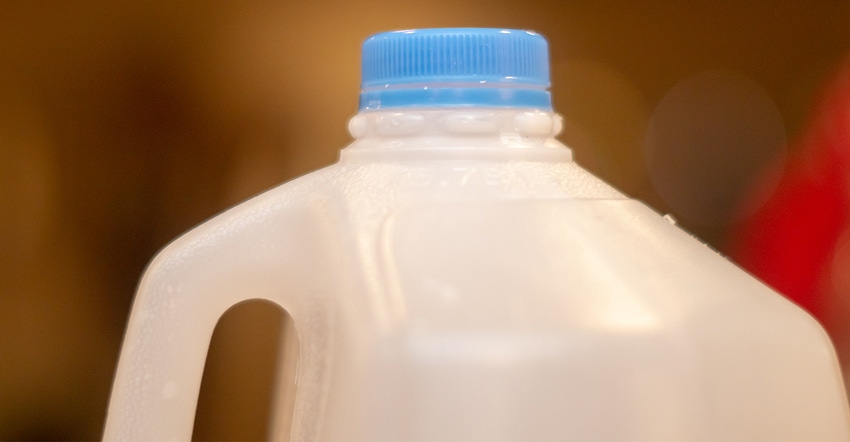January 24, 2019

By Laurie Fischer
At a time when thousands of U.S. dairy operators of all sizes are starved for revenue, declaring bankruptcy or selling off multigenerational operations, the latest inequity is a particularly cruel twist of the knife.
Squeezed on virtually every front — multifront trade wars, eroding international markets, government shutdowns, etc. — the entire dairy sector is feeling the vice tighten even more from a direction they never anticipated: the retail sector.
According to the National Dairy Products Sales Report, the December Class III cheese price was 27.4 cents, 16.6% lower than December 2017.
However, the U.S. retail average price for cheddar cheese in December, according to CPI data, was 41 cents, or 8.3%, higher than December 2017.
That gap — the difference between what consumers are paying and what dairy farmers are earning — is just one factor contributing to a national cheese glut of 1.4 million pounds of cheddar. As National Public Radio’s WBUR in Boston recently pointed out, that amounts to 900,000 cubic yards of excess cheese, enough to form a wheel as large as Washington, D.C.
Even as supermarkets are selling cheese at artificially high prices, the dairy producer is earning only 25.6% of the average retail price — the lowest proportion since April 2012.
There’s no magic bullet on the horizon: A shakeout will continue in the dairy sector until markets stabilize and supply and demand realign. Until then, dairy professionals at all levels are working on a day-by-day, if not hour-by-hour, basis to keep their operations afloat. Cheese sales will be a critical component of that eventual rebound.
Over the last decade, significantly more fluid milk has been manufactured into cheese, butter and other products, due in a large part to the continuous reduction in domestic fluid milk consumption. Fluid milk sales have fallen about 13% during that time, while sales of products such as butter and cheese are increasing.
From field to fork, every business that touches the American food chain must guard against self-inflicted wounds. Now, more than ever.
No business can control the outside forces that have a corrosive effect on its revenues, but taking steps that erode consumer confidence can leave a particularly damaging legacy.
It’s a discouraging predicament. Even though consumer demand for cheese is high, production costs are low and wholesale costs are optimal, the dairy industry — producers, processors and affiliated industries — are being cut out of profits by retailers. Consumer-facing price gouging couldn’t come at a worse time for an already burdened industry.
Fischer is CEO of the American Dairy Coalition, Green Bay, Wis., a farmer-led national lobbying organization.
You May Also Like




